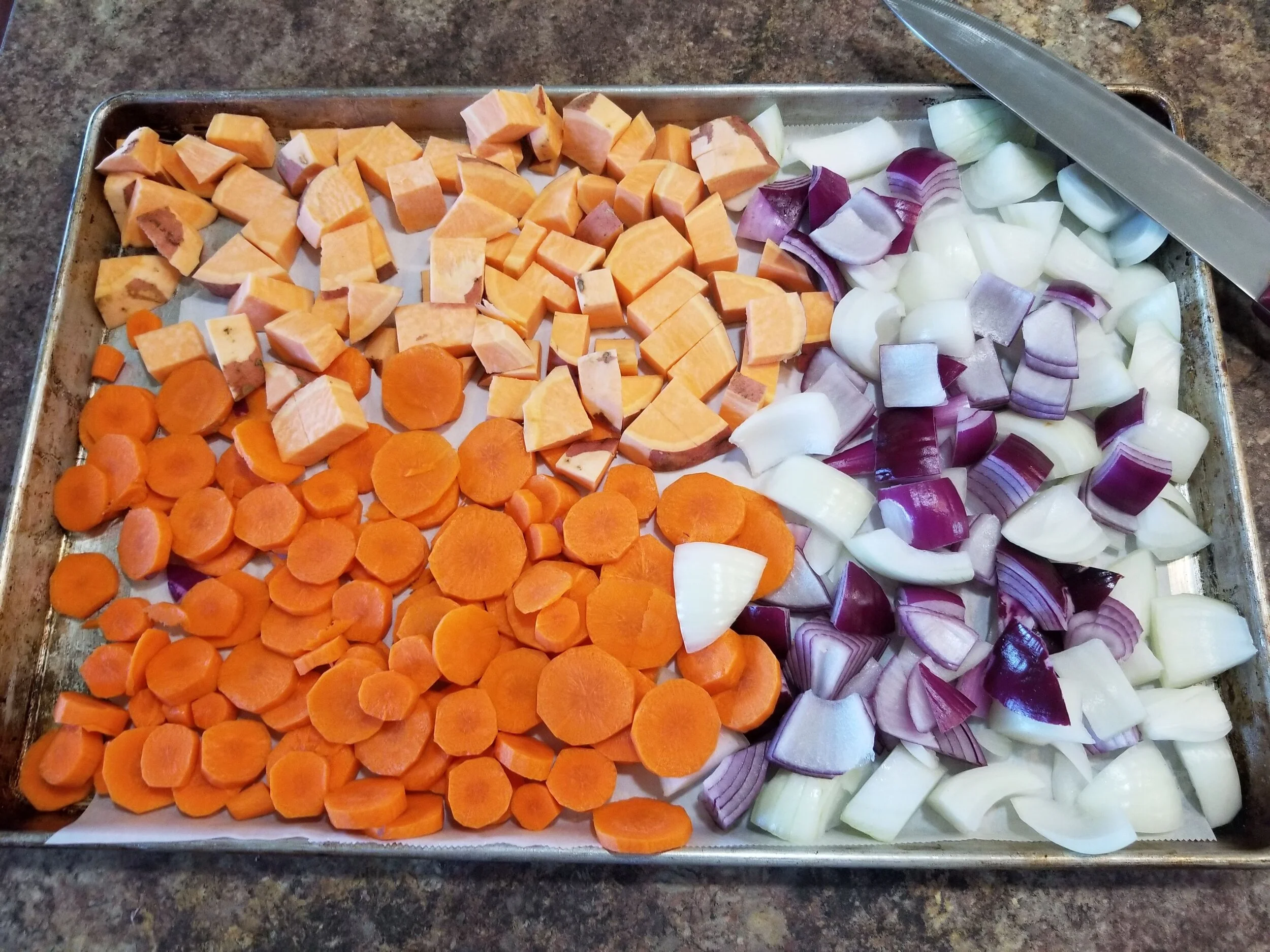Worried about the recent coronavirus surge? Take steps to improve and maintain your health.
It’s no secret that antioxidants are incredibly beneficial to good health. It’s believed the antioxidants in food can help prevent cancer, reverse or slow aging, enhance your immune system, increase your energy and improve heart and other organ health.
Given all we know about antioxidants and their beneficial properties, it’s amazing more people don’t get enough fruits and vegetables, the primary sources of antioxidants. Experts recommend a minimum of 5 servings of fruits and vegetables daily, but say getting 7-10 servings is best.
There are 10 steps to getting more antioxidants into your diet.
1.Breakfast
Breakfast doesn’t have to be a hurried piece of toast on the way out the door. Throw some strawberries, an apple, handful of greens (spinach or kale), flax seeds, lemon, and ginger into a blender with some water; pour your delicious mixture into a cup and head out the door. You’ve just added two servings of fruits and a veggie serving to your daily intake. Or throw some berries onto your cold or hot cereal.
If you tend to have no time in the morning, blend up a batch of your green juice the night before or make overnight oats and add berries and a banana in the mornings.
2.Snacks
Here’s an easy way to get more antioxidants in your diet. How about a handful of raisins for a snack, or some fresh red grapes? Dip some strawberries in soy or coconut yogurt. You’ll feel decadent, but the berries provide the color you’re looking for. Need crunch? How about some baby carrots dipped in hummus? Consider a handful of pecans for crunch and a nice antioxidant boost.
3.Lunch and dinner
It might sound trite, but adding a salad to each of your main daily meals can add loads to your overall health and well-being. They don’t have to be boring, and they don’t have to be just salad greens. If you’re going classic, add some red pepper slices to your green salad, some tomatoes to the Greek salad, or tart cranberries to your field greens. Whip up a broccoli salad for lunch, or be adventurous and mix up a rice salad with a mélange of fresh vegetables like string beans, tomatoes, peppers and red onions.
4.Dessert
Berries, with a nice cashew cream are a wonderful way to end your day of healthy, antioxidant-rich eating.
5.Beverages
Replace your soda with tea or coffee, both of which boast antioxidant compounds. Green tea, one of the healthiest beverages we can drink, has been associated with about a 30 percent reduction in breast cancer risk, and may protect against gynecological malignancies, such as ovarian cancer and endometrial cancer, as well as lower our cholesterol, blood pressure blood sugar, and body fat. It may also protect the brain from both cognitive decline and stroke. Tea consumption has also been associated with decreased risk of diabetes, tooth loss, and up to half the risk of dying from pneumonia.
6.Think outside the box
We know we can get our antioxidant fix from berries, salads and the like, but researchers say powerful antioxidants can also be found in a variety of unexpected foods, like russet potatoes, artichokes, and small red beans. The beans, in fact, may have more antioxidant power than blueberries, experts say. So to your rice salad full of vegetables, add some beans for even more antioxidants.
7.Cook lightly
You think you’re being good, preparing vegetables each night for your family’s dinner. But if you’re overcooking the vegetables, you’re cooking out a lot of the beneficial properties of the antioxidants. Steam (don’t boil) vegetables, and stop cooking them when they will have all of their bright color and most of their bite.
8.Plant a garden
Experts believe that people who plant and harvest vegetables from their own yards are far more likely to eat more vegetables and fruits than people who buy their produce from the store. So plant a garden, watch it grow and eat the fruits (literally) of your labor.
9.Take your healthy diet on vacation
Too many of us consider going on vacation (or the holidays) an opportunity to take a vacation from everything, including healthy eating. Think of vacation as a way to be introduced to new foods. Order an interesting vegetable dish in a restaurant and then pay attention to how the chef prepared the dish. Or try a new recipes to share with everyone like this Easy Beet Wonderdip from Forks Over Knives.
10.Learn to cook
If you’re cooking, you’re not opening bags and boxes. Cooking involves scrubbing and peeling vegetables, preparing whole foods and paying attention to how things are cooked. If you’re ordering out every night, you’re far less likely to be eating the whole foods and natural fruits and vegetables that provide the base for our antioxidant intake.
What will you do to get 10 daily servings of fruits and veggies?
Need more ideas?
Send me an email or let me know in the comments below.













